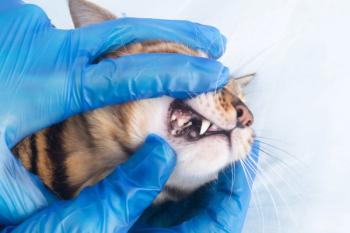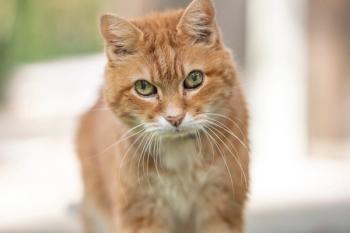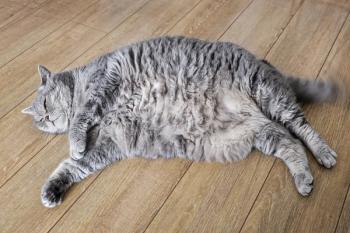
New York, Hawaii legislators introduce bills banning declaws statewide
States joins national conversation about increasingly controversial feline veterinary procedure.
Feline onychectomy could become illegal in the states of New York and Hawaii if recently proposed legislation is enacted.
“The practice is painful, inhumane and medically unnecessary under all circumstances and should not be permitted,” she writes on her
Dean Snyder, DVM, president of the New York State Veterinary Medical Society, says his group opposes the proposal.
“We think the decision whether to declaw or not to declaw is up to the practitioner and the client and should be dealt [with] on an individual case,” he says.
Not every cat should be declawed, he continues, and the procedure should be considered only after the veterinarian and cat owner have made other attempts to prevent the cat from using its claws for destructive behavior. Declawing can help keep felines stay in households because otherwise they can scratch children and furniture, Snyder says-and it helps reduce the number of cats that are euthanized.
“This isn't just a simple procedure to be taken lightly, but it's a procedure that in many cases gives us an opportunity to keep the cat within the home. … To have that taken away is going to result in cats that need to be given up,” he says.
The New York State Veterinary Medical Society will put together an opinion on the bill and have its members educate legislators so they can make an informed decision, Snyder says. A similar effort was made when lawmakers considered outlawing intracardiac injection for euthanasia, but they were told that the procedure was not common, that the animal was always sedated, and that the method was used when a patient had low blood pressure or inaccessible veins.
Disarticulation of the last digit, which can be accomplished with a laser, scalpel blade or Resco nail trimmer, is the only method the New York State Veterinary Medical Society suggests for declawing, he says. This approach avoids cutting through bone-a common criticism of declawing. Multimodal pain medication is also required, Snyder says.
Bruce Kornreich, DVM, a member of the faculty at the Cornell University College of Veterinary Medicine in Ithaca, New York, told dvm360 that the Cornell University Hospital for Animals performs six to 10 declaw procedures per year. It's offered only if owners have “earnestly” tried alternatives and didn't have success, he says.
The procedure allows the cat to go home with owners on the second day after surgery.
“We remove only the front claws, using a CO2 laser. All of the cats are fully anesthetized and are given local nerve blocks and postoperative pain medication (usually buprenorphine),” Kornreich says. “We use cyanoacrilate to close the incisions, and keep the cats bandaged for 24 hours. The cats are weight-bearing by the time we take the bandages off.”
The procedure can save cats from being surrendered, Kornreich says.
“The way I feel about it, if all other options have been tried and an owner is frustrated and about to return a cat to the shelter, declawing is a better alternative than returning the cat to the shelter,” he says.
Rosenthal's proposal is part of an increasing level of scrutiny surrounding feline onychectomy.
The Paw Project, a nonprofit founded by Jennifer Conrad, DVM, that advocates for an end to declawing, backs the bill on its
The Paw Project also supports a similar legislative initiative in Hawaii. The bill “makes performing or assisting with a surgical claw removal, declawing, onychectomy or tendonectomy on any domesticated cat a misdemeanor,” according to its
Los Angeles and San Francisco are among seven Californian cities that have banned declawing. The issue
Margie Scherk, DVM, DABVP (feline practice),
The American Veterinary Medical Association (AVMA) amended its stance on the issue in 2014. The policy states, “Onychectomy is an amputation and should be regarded as a major surgery. The decision to declaw a cat should be made by the owners in consultation with their veterinarian.”
Newsletter
From exam room tips to practice management insights, get trusted veterinary news delivered straight to your inbox—subscribe to dvm360.





